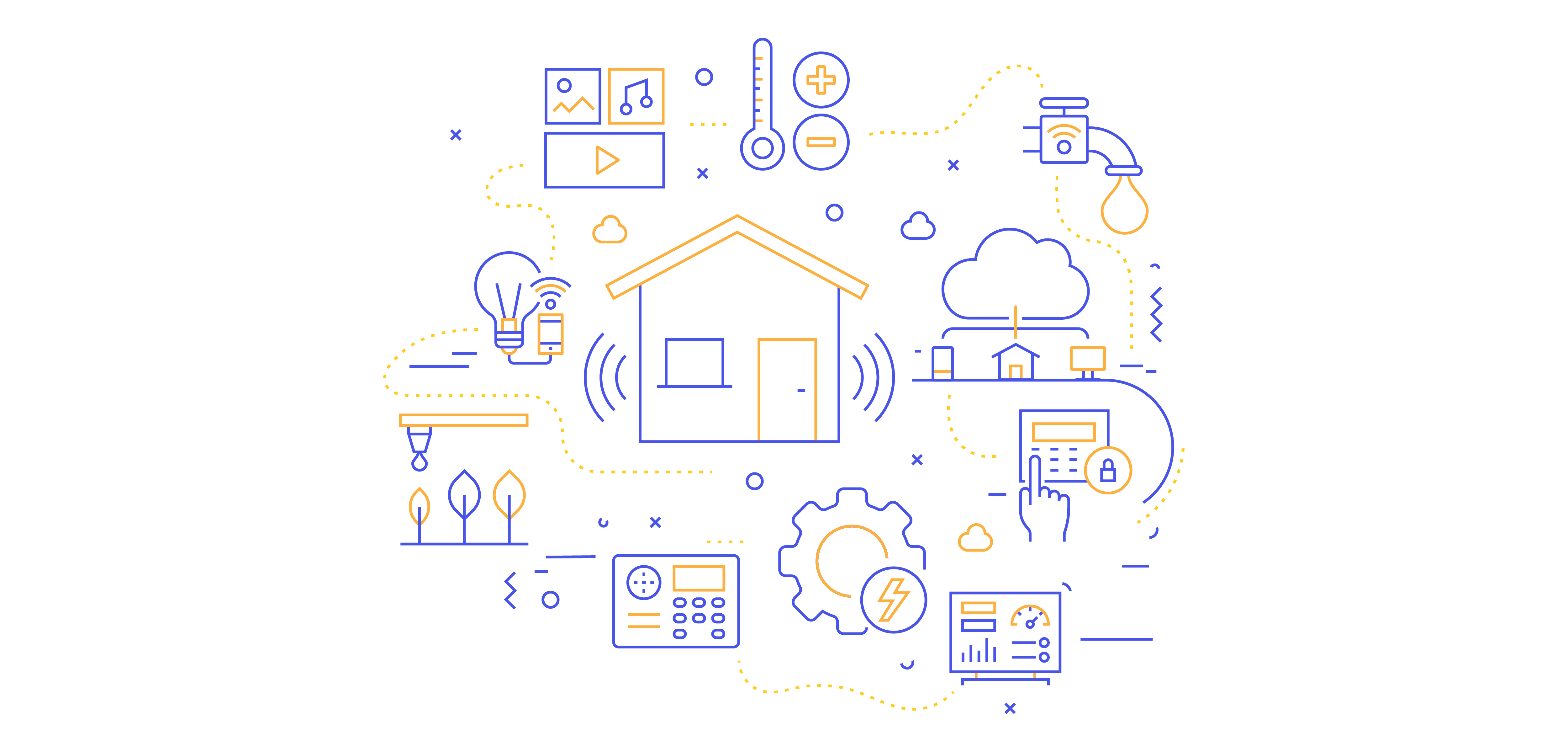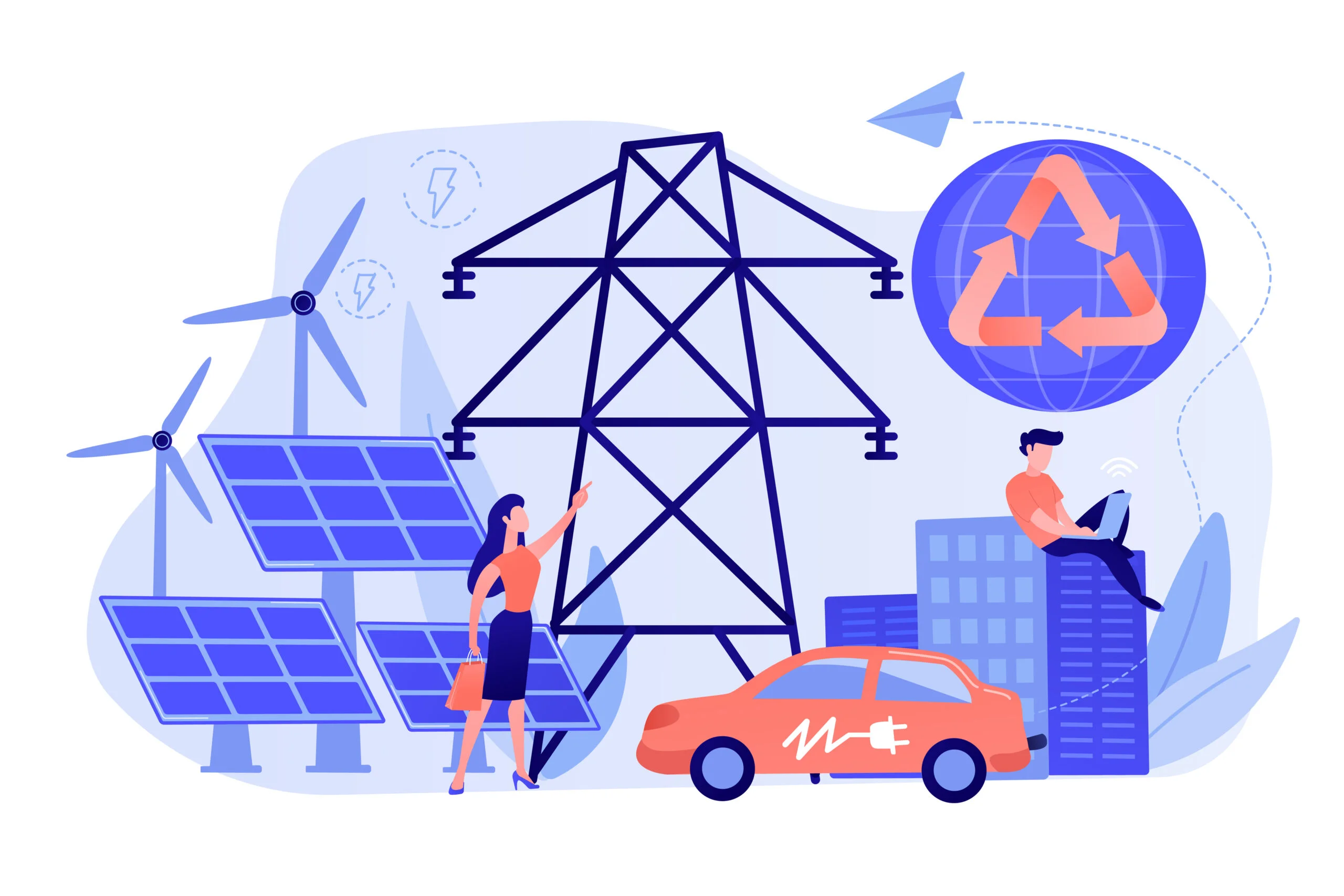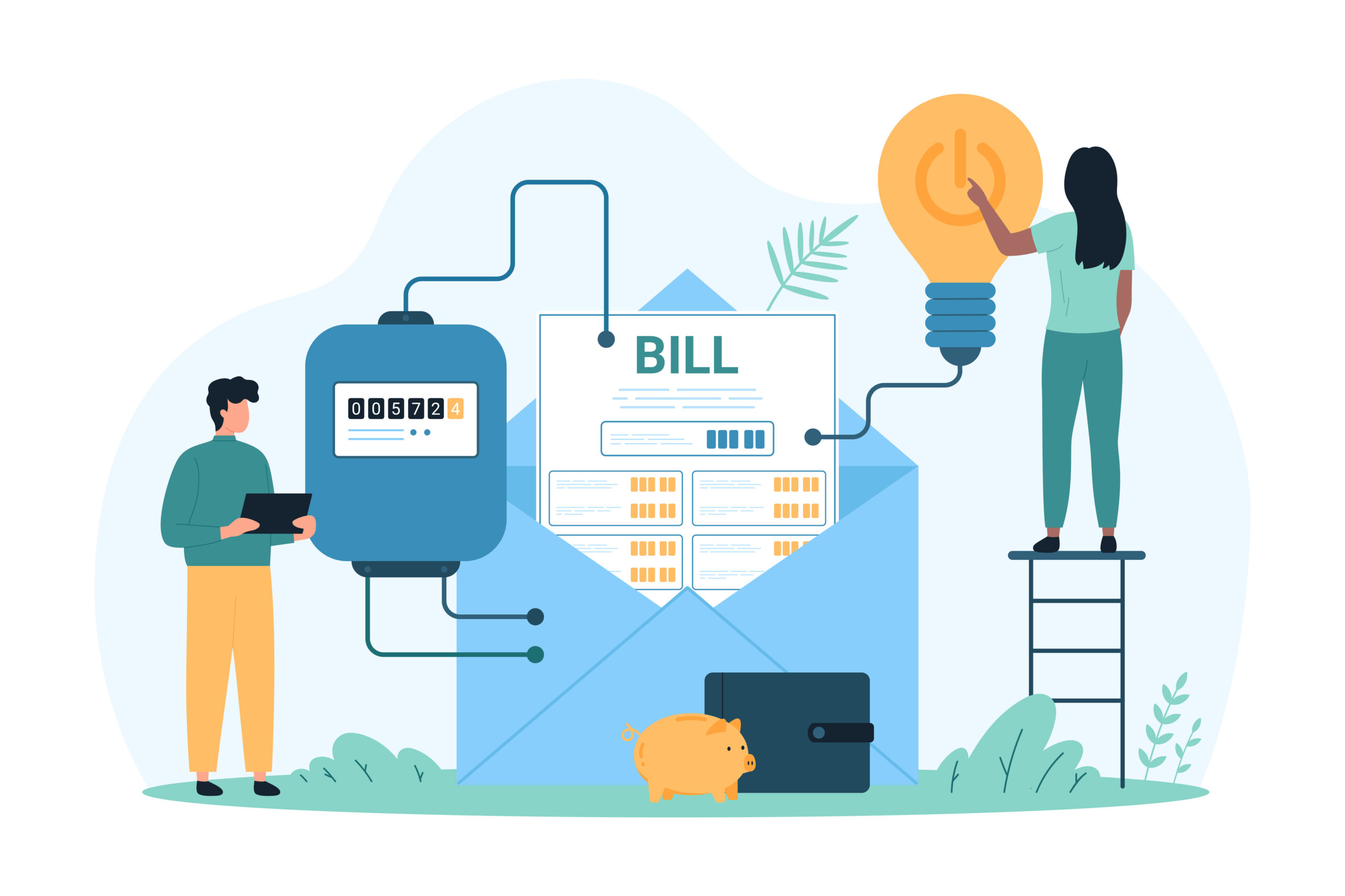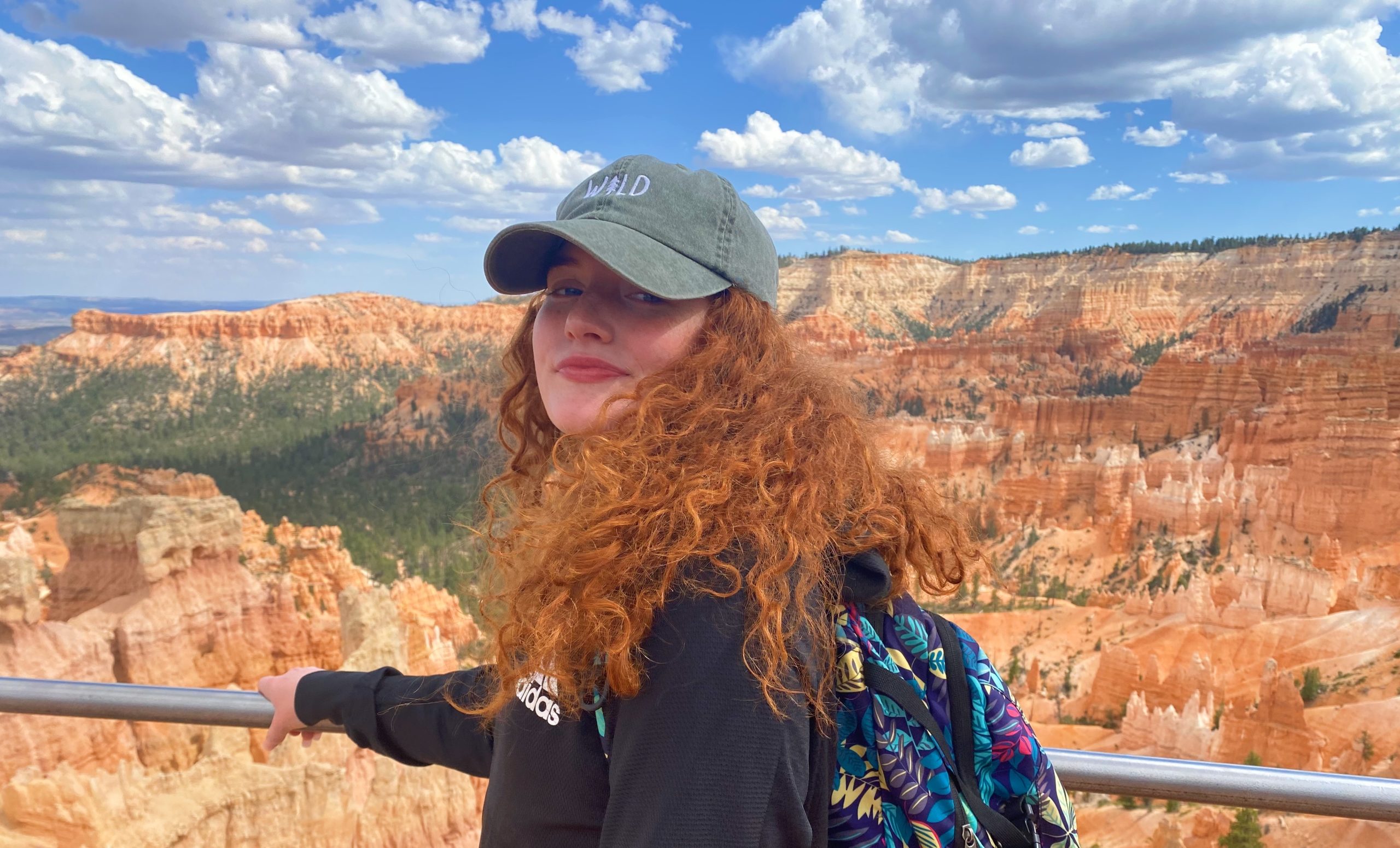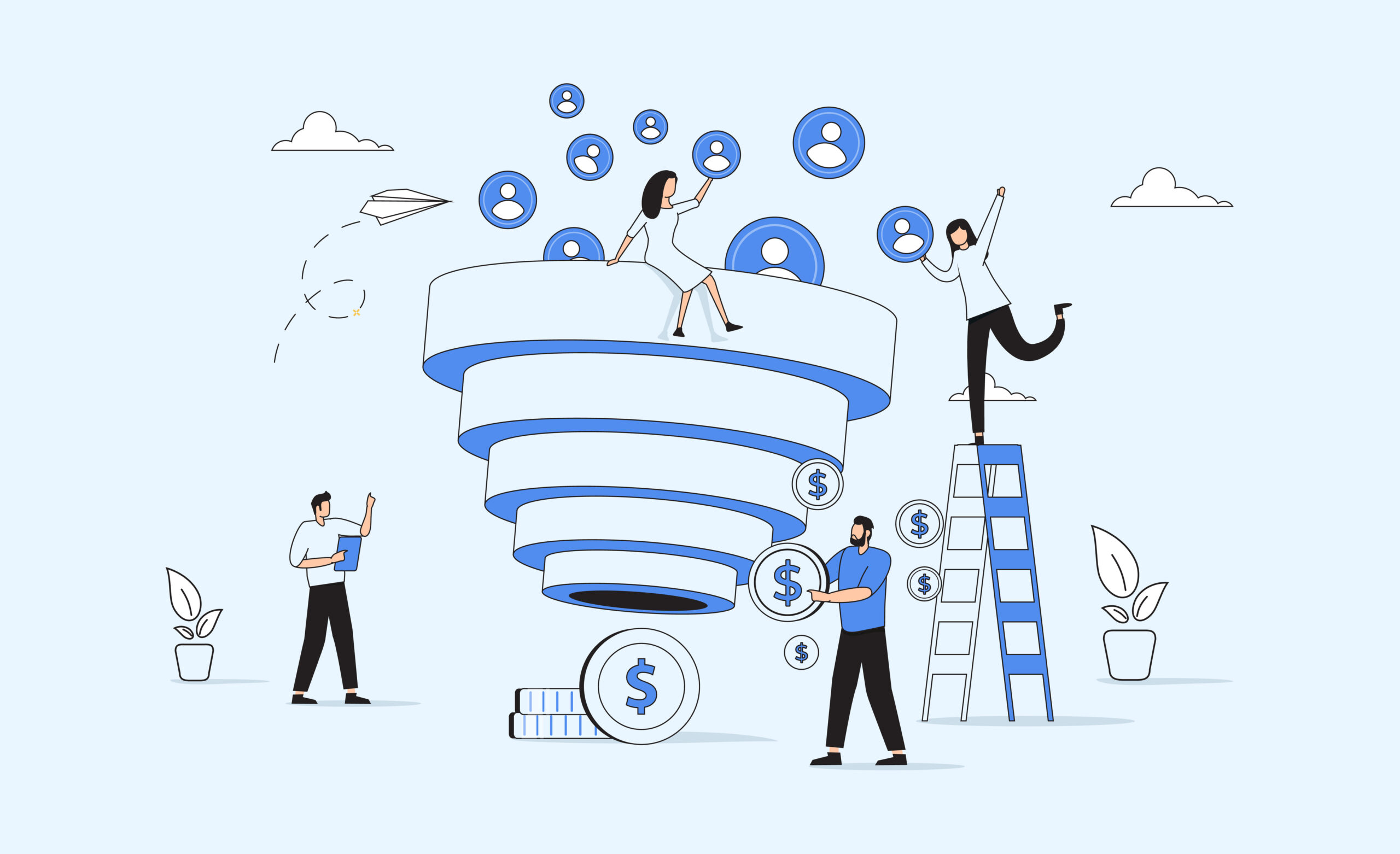Global electrification efforts have led to significant market growth, with analysts anticipating growth from $80.8b in 2023 to 170.4b by 2032. This growth reflects an increasing interest away from fossil fuels to cleaner alternatives, and has driven the adoption of distributed energy resources (DERs) including solar, battery, EVs, and more. In the U.S., federal mandates require automakers to manufacture 50% of all new vehicles as EVs by 2030. Concurrently, legislation like the Inflation Reduction Act and Bipartisan Infrastructure Law have funds earmarked for the expansion of U.S. EV charging infrastructures, as well as incentives for renewable energy investments and more.
These changes signal a significant paradigm shift for utilities, both in the customer disintermediation associated with a growing prosumer interest in self-generated energy and in the overall electric load, which has grown exponentially over time. These challenges have led to increased grid congestion, a problem burdened by regulatory and supply and demand issues. While these issues are currently under scrutiny, they remain a serious threat to grid resiliency and continuity of service, while adding expense. Fortunately, demand flexibility load management strategies have proven useful in mitigating these issues through smart conservation efforts like demand response or EV managed charging strategies.
The Threshold For Customer Participation
Demand response has a more than 40-year track record of minimizing usage through concerted conservation strategies. Initially, demand response functioned by way of one or two-way switches, physical devices placed on homeowner HVAC units that cede device control to utilities during peak times of usage. Since then, WiFi-enabled distributed energy resources like smart thermostats and water heaters have enabled a more nuanced approach to device control, allowing utility program managers to initiate events much more efficiently, and with less disruption to customers.
– Ana Bogdanova, Sr. Product Manager, Virtual Peaker
To fully realize the potential of demand response, customer engagement is crucial in securing public buy-in and participation. Additionally, incentives are critical in driving enrollment, ranging from financial incentives to rebates. Research indicates that the two biggest barriers to customer demand response participation are limited customer awareness of programs, misunderstanding of what demand response does, incentives, and privacy concerns. In fact, in instances where utilities locking out customers from their devices has led to mass public outcry. Fortunately, with customer outreach and nuanced device control, these obstacles are surmountable.
The Value of Localized Dispatch
Generally speaking, demand response is a cost-saving measure through the conservation of resources during peak times of demand. Peak demand hours are more cost-prohibitive by every conceivable metric: it’s a simple supply and demand equation. As such, demand response shifts that usage to off-peak hours, thus minimizing those higher pricing signals. In terms of device control for distributed energy resources, research indicates that targeted demand response—otherwise known as localized dispatch—leads to substantial benefits to the grid. This premise has existed for several years now, the concept of dispatching demand flexibility initiatives to targeted locations, and remains an integral part of grid planning.
In the above examples, targeted demand response is directed in specific areas, rather than generally spread out over a service territory. This example demonstrates the value of localized energy dispatch as a cost-saving mechanism. So how can this data inform your device control strategies?
Defining Events
By “event” these mean the various demand flexibility initiatives offered by a particular utility. Again, this may include demand response, BYOD programs, EV managed charging, virtual power plants, and more. Each event is tied to specific device types outlined by utility program managers in an event template, which may not always include all devices in an individual house. For example, one customer may be enrolled in both an EV managed charging and demand response program, meaning that they have at least two devices that require control under an event umbrella.
These events can be scheduled in advance, as needed; sometimes scheduling events employs load forecasting software to better anticipate needs based on real-time and historical data. Scheduling might include regularly scheduled battery discharge, continuous energy arbitrage based on pricing signals, or regular status checks on devices to report or fleet management.
Platoons
For utilities with multiple demand flexibility initiatives to engage the broad array of distributed energy resources, there are many segmentation strategies for utility program managers to better distinguish between device types. Beyond the obvious differences (make, model, type, etc.), each program and associated device presents opportunities to better serve the community with a minimum of disruption. Broadly speaking, localized dispatch strategies allow program managers nuanced device control across their service territory, by spreading out events to minimize customer disruption. Grouping houses, a process we call “platoons,” are used to organize events, which are the primary mechanism to facilitate behind-the-meter control and communications to homeowners.
To get started, program managers are tasked with organizing their dispatch based on one or more of the following factors:
- Device Type
- Manufacturer
- Territory/MLP/City Feeder Substations
- Battery Size
- TOU Customers
- Behavioral Customers
This presents opportunities to better manage devices at a granular level, exerting minute control across a spectrum of devices or service areas. To add these devices, utility program managers can access their distributed energy resource management system (DERMS) to organize devices, houses, and more into easy-to-deploy groupings specific to need.
Macros
Once these templates are completed, utility program managers can utilize macros—quick and readily available tools that allow users to efficiently connect various groupings of any type of distributed energy resource to better address demand in an area. These complex events can be structured so that the scheduled event start time triggers multiple demand events simultaneously. For example, macros are useful in instances like making one event call to command a specific substation in a specific area across a variety of device and programmatic types.
How to Segment & Control Your Various Distributed Energy Resources (DERs) Conclusion
The proliferation of distributed energy resources has provided many opportunities for utilities to enhance grid resiliency and decrease costly peak energy spending through concerted demand flexibility efforts. At the moment, the U.S. transmission and distribution (t&d) system requires trillions of dollars in critical upgrades. Fortunately, as non-wires alternatives, these distributed energy resources have proven highly effective at minimizing the need for extremely costly T&D upgrades, which further adds to their potential. By targeting that distribution even further, pain points in the grid can be isolated and accounted for, minimizing these upgrade costs, while maintaining continuous service. Through the right DERMS, this functionality isn’t just possible, it’s simplified for users to enhance their experience.

